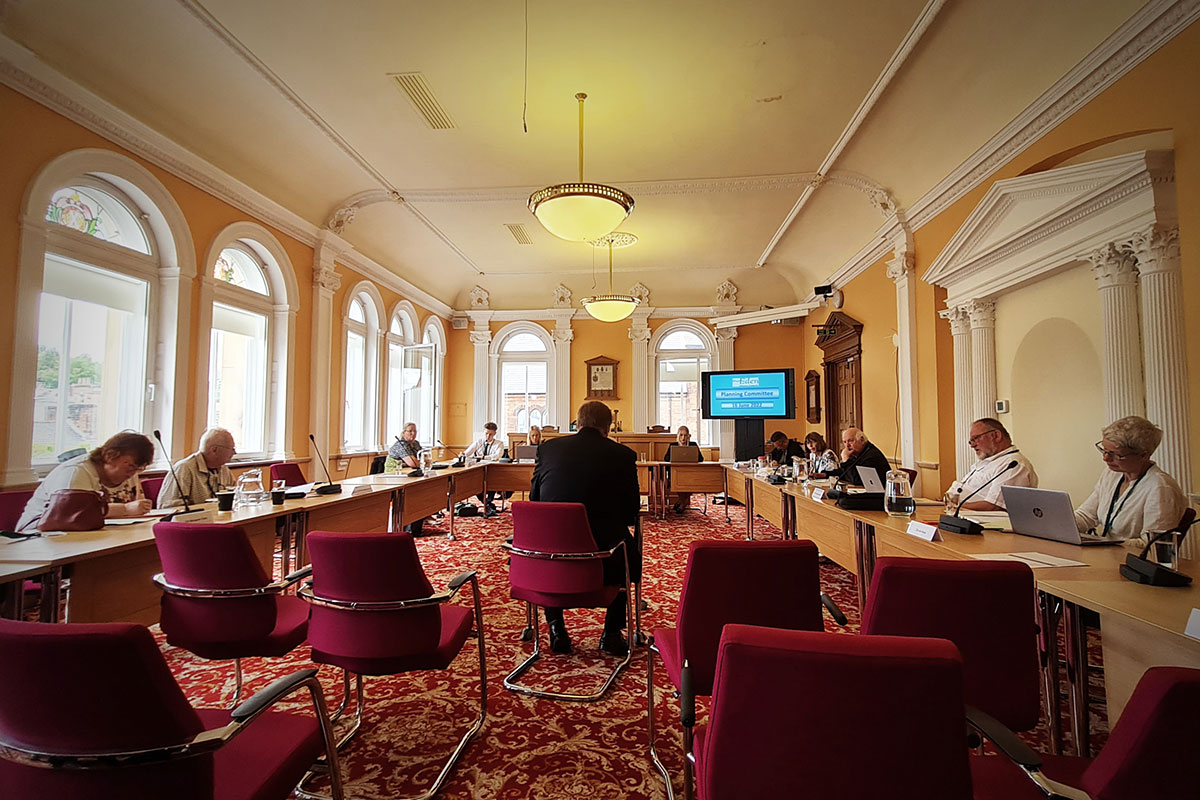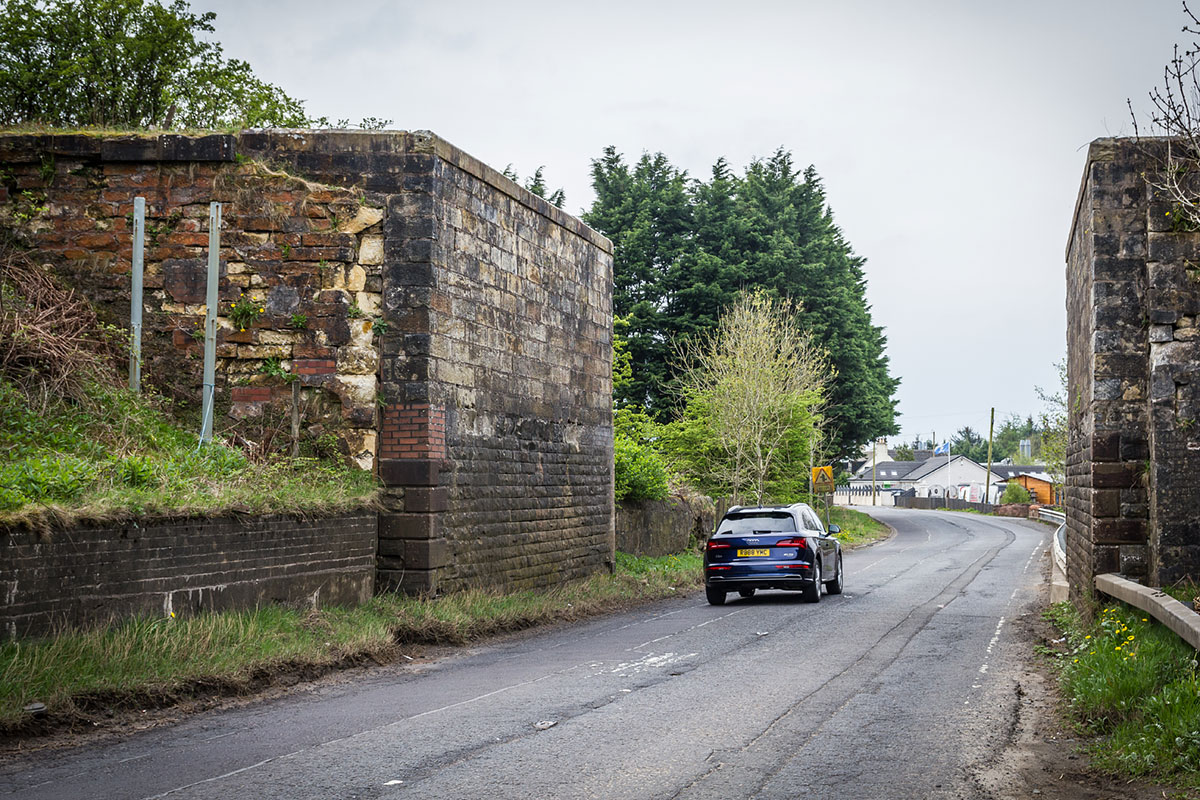where it all went wrong

What a picture
A member of The HRE Group visited Great Musgrave bridge early in the evening of 16 June 2021. By pure chance, AmcoGiffen had just pumped foamed concrete under the arch and, at precisely 17:59, a photograph was taken that changed the campaign’s course.

PHOTO: THE HRE GROUP
It was as though the bridge was sick from its fate. Concrete spewed down an ugly bank of aggregate, a squirrel’s footprints embedded within it. Where formerly there had been an attractive masonry arch - fashioned by skilled craftsmen - there was now a blot, an eyesore, imposed without scrutiny by those who could see no value in it. It became the defining image of National Highways’ custodianship of our country’s railway heritage, but they still had the temerity to declare that “through our work we have preserved the structure”. At times, the company has shown appalling judgement and, despite steps in a better direction, rebuilding trust and repairing reputational damage will require it to address that shortcoming.
The photo appeared on TV and online, in newspapers and specialist magazines. Shocked by the brutal nature of the culture depicted, civil engineers lined up to bemoan the shame and embarrassment inflicted on their profession. Then, in July, came the news that the Government had intervened, calling a halt to National Highways’ infilling and demolition programme pending the establishment of “a formalised framework and engagement process for these structures to understand, in each case, whether there is a realistic prospect of it being used for active travel or other transport purposes in future; and to ensure that the views of local stakeholders…are fully taken into account.”
Decision day
Eden District Council’s planning committee convened to determine National Highways’ retrospective planning application on 16 June 2022. In the days leading up to it, The HRE Group was made aware that NH was offering £450,000 - the supposed cost of excavating the bridge and unnecessarily strengthening it - to refurbish other nearby structures needed for a proposed heritage railway extension, but only if the infill was allowed to stay. The Guardian characterised this move as a “sweetener”; others used a different word. The structures were owned by Railway Paths Ltd (RPL) and the charity’s director urged the committee to approve the infill’s retention. Overall, only two supporting comments were lodged during the application's consultation process, one of them from RPL; 911 people expressed their objection.

PHOTO: THE HRE GROUP
National Highways was subsequently asked for evidence - in the form of an economic benefit study - that such a large investment in assets owned by Railway Paths would represent value for the taxpayer’s money, but the company refused to answer. £450,000 was equivalent to 9.3% of its annual HRE works budget.
At the meeting, The HRE Group spoke on behalf of those against the application whilst Hélène Rossiter, Head of the Historical Railways Estate, represented National Highways. She asserted that “the infill is seen as a small and discreet change”, reiterated the corporate line that “the bridge was weak…deteriorating and significant works were required” and explained that “the process to assess the structure was robust, followed established industry guidelines and was undertaken by experienced and highly-qualified engineers.”
But the committee was not swayed, rejecting the application unanimously for breaching heritage, environmental and development policies. It was a cause of much surprise that National Highways chose not to appeal against the decision and an Enforcement Notice for removal of the infilling was later issued, requiring NH to return the bridge to its previous state.
In a press statement, Ms Rossiter said that “We will also no longer consider the infilling of any structures as part of our future plans, unless there is absolutely no alternative.” This was reported by multiple media outlets and effectively signalled the end of the campaign: the battle was won. Or at least, that’s what everybody thought.
 |
 |
PHOTOS: THE HRE GROUP
But NH subsequently and quietly loosened the wording whereby infilling will now only be pursued “as a last resort, where there’s no other practical option”. Having much more wiggle room allowed NH to put eight structures through the SAF process in 2022/23 and the relevant Government Minister approved six of them for infilling, subject to planning permission, although one was later withdrawn. A seventh is intended for demolition whilst the eight was reprieved, albeit its final fate is not yet confirmed.
 |
 |
 |
 |
About Us
The HRE Group is an alliance of walking, cycling and heritage campaigners, engineers and greenway developers who regard the Historical Railways Estate’s structures to be strategically valuable in the context of building a better future.
Last updated 21 October 2025
© 2025 The HRE Group


